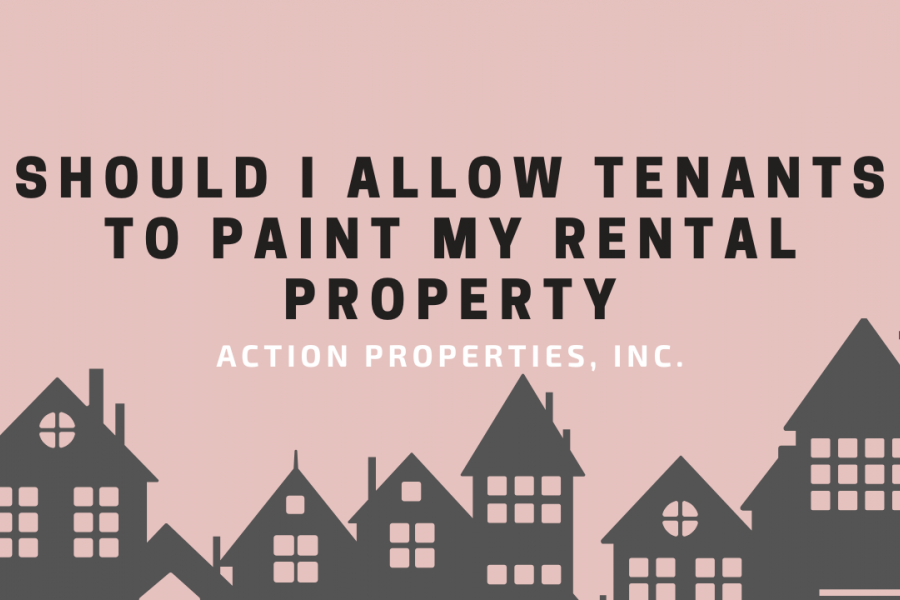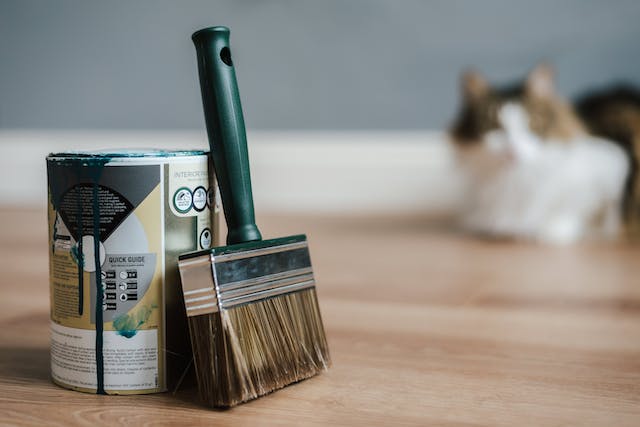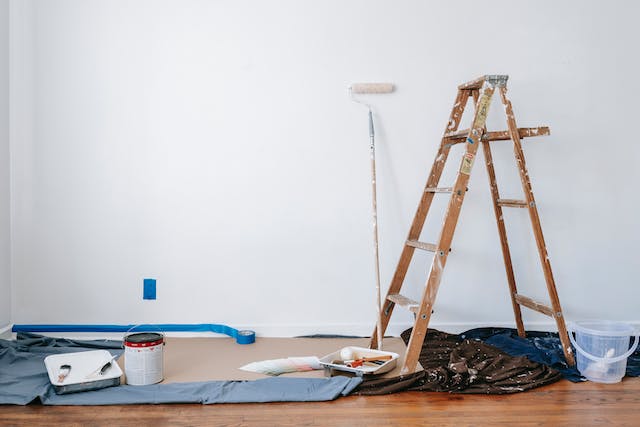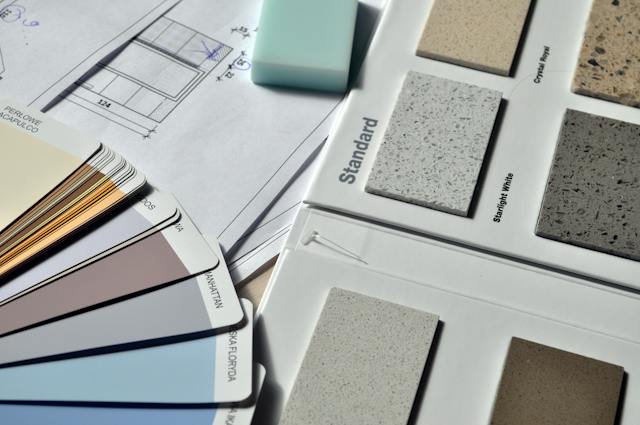
Have you ever wondered if allowing tenants to paint your rental property is a good idea? As a landlord, balancing tenant satisfaction with maintaining your property’s value can feel tricky. Giving tenants the freedom to personalize their space might make them happier and more likely to stay, but it also comes with potential risks, like mismatched colors or added maintenance.
In this article, the experts at Action Properties Inc. will explore the pros and cons of letting tenants paint, offer practical tips to minimize risks, and help you decide if this option is right for your rental property.
Why Allowing Tenants to Paint Can Be a Smart Move
Allowing tenants to paint your rental property can be a smart move because it helps create a stronger connection with your tenants and makes them feel more at home. When tenants can personalize their space, they often stay longer, reducing tenant turnover and saving you time and money on finding new renters.
It can also make your property more attractive in a competitive rental market. Many landlords don’t allow customization, so offering this option gives you an edge and helps your property stand out.
Additionally, tenants who feel more invested in their living space often take better care of it. By setting clear guidelines, you can ensure the painting is done responsibly while benefiting from happier tenants who are more likely to stay long-term and respect your property.
The Potential Downsides of Letting Tenants Paint
While there are clear benefits, allowing tenants to paint isn’t without risks. Here are some drawbacks to consider.

Losing Control Over Aesthetics
When tenants choose colors or finishes, you risk ending up with walls that might not appeal to future renters. Repainting in neutral colors in between tenancies to fix this can be time-consuming and costly, especially if tenants have used bold or dark colors.
Higher Costs for Repairs and Repainting
Not all tenants are skilled painters, which means you might face patchy walls, uneven coats, or paint spills on floors and fixtures. If this happens, you’ll need to pay for professional repainting, adding to your expenses.
In some cases, the cost of restoring the property to its original state may outweigh the benefit of allowing tenants to paint in the first place.
Challenges in Maintenance
Different types of paint have varying effects on walls. Poor-quality paint or improper application can lead to peeling, uneven surfaces, or difficulty in touch-ups.
If walls are damaged during painting, you may need more than a repaint; repairs to the drywall or plaster might be necessary, increasing maintenance costs.
Risk of Disputes
Allowing tenants to paint can sometimes lead to disagreements over expectations. For instance, they may misinterpret what colors are acceptable or fail to repaint before moving out.
Such misunderstandings can strain your relationship and lead to additional costs if you need to repaint or address damages after their lease ends.
How to Let Tenants Paint Without Risking Your Property
If you choose to allow tenants to paint your rental property, it’s important to establish clear guidelines and safeguards to protect your investment. Here’s how you can create a system that ensures both tenant satisfaction and the upkeep of your property:

Approve Colors in Advance
Before tenants begin painting, have a conversation about their desired color choices. Limit options to neutral tones, such as beige, gray, or soft pastels, that align with the property’s overall style. Neutral colors ensure that the space remains appealing to future renters without requiring extensive repainting.
By approving colors in advance, you maintain control over the property’s aesthetic while allowing tenants to add a personal touch. This step prevents tenants from using bold or unconventional colors that may require additional work to cover up later.
Suggest Hiring Professionals
Encourage tenants to hire professional painters if the job involves multiple rooms or large areas. While many tenants may want to paint themselves, not all have the skills or experience to produce a high-quality finish. Professional painters can ensure even coverage, proper paint application, and minimal damage to walls or fixtures.
Hiring professionals reduces the risk of paint spills, uneven coats, or mistakes that could result in costly repairs. Additionally, professional painters often have insurance, adding another layer of protection for your property. You can even offer a list of recommended painting services to guide tenants in the right direction.
Establish Clear Rules in the Lease
Include detailed guidelines about painting in the lease agreement to avoid misunderstandings. Specify areas that are allowed for painting, such as walls, and prohibit tenants from painting non-removable surfaces like cabinets or ceilings. Outline the acceptable types of paint (e.g., matte, eggshell, or satin finishes) to ensure that the paint used won’t cause future maintenance issues.

Make it clear that tenants are responsible for any damage caused during the painting process, such as paint spills or damage to fixtures. Including these rules in the lease protects you legally and gives tenants a clear understanding of their responsibilities.
Require a Restoration Clause
To protect your property’s value, add a restoration clause in the lease agreement. This clause should state that tenants are required to repaint the walls to their original color (usually a neutral shade) before they move out. Alternatively, you can deduct the cost of repainting from their security deposit if they fail to restore the walls themselves.
A restoration clause ensures that any personalized changes are reversed, keeping the property market-ready for the next tenant. This step also reduces the time and cost associated with preparing the unit for new renters. By setting this expectation upfront, you avoid future conflicts or misunderstandings.
Bottom Line
Deciding whether to allow tenants to paint your rental property ultimately depends on finding the right balance between tenant satisfaction and maintaining your investment. While giving tenants the freedom to personalize their space can foster long-term relationships and increase tenant retention, it’s essential to set clear rules to protect your property’s appearance and value.
If managing these details feels overwhelming, partnering with a trusted property management company can make all the difference. At Action Properties, Inc., we specialize in handling all aspects of property management, from tenant agreements to property maintenance, ensuring your rental stays in excellent condition while keeping your tenants happy. Let us take the hassle off your plate and contact Action Properties, Inc. today!